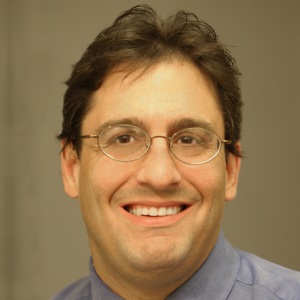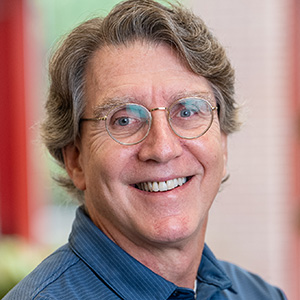Escape to the ice
The Zamboni finishes its last lap around the rink, and the doors clang shut as we look upon the surface for the last traces of water to freeze. Our group is stretching, chatting nervously and focusing on a few moments from now when we’ll step onto the fresh ice and begin our ritual of skating the perimeter of the rink to warm up before our adult league ice hockey game.
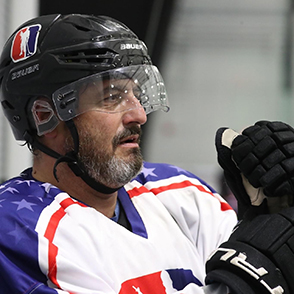
The feel of that first step, the glide of steel on smooth ice, is exhilarating. After a few minutes of warmup laps, someone dumps a five-gallon bucket of pucks at center ice. One by one, skaters each scoop one up with their stick and you can hear the carom of hard rubber being shot against the boards and bouncing off the surrounding plexiglass.
Once we set foot on the ice, we no longer have any thoughts about deadlines, paper reviews, grant proposal submissions, papers to grade or lectures to prepare. All of our focus is on finding a rhythm and getting a feel for the ice and the puck. That’s all that matters
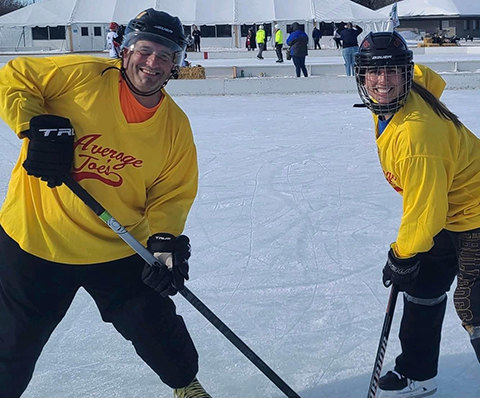
The game itself is immaterial. Our teammates shout a lot of encouraging cliches from the bench, and we engage in enthusiastic talk of “strategy” between periods. Sure, we are trying hard and want to win. But that isn’t the point. The idea is to let go, to find delight as we play, and to decompress by leaving behind everyday pressures.
Each shift on the ice has the potential for success or failure: Do we score a goal? Or will we be scored on? Sometimes it takes a lot of effort to focus on the game and to relax from the day-to-day pressures of running a lab. But the game is fast — even for us.
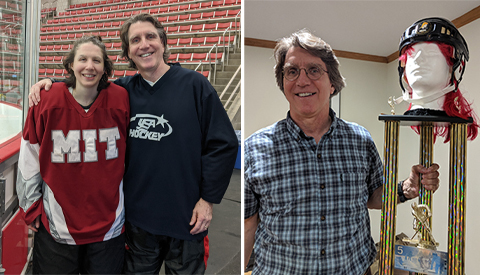
We try hard to let go of our day jobs so we can make snap decisions to win a puck battle, outmuscle an opponent for position and make the perfect pass to a teammate for a shot on goal. Like the lab, doing the small things right is important for obtaining great results, and good execution on the ice can lead to victory.
The euphoric high we feel on the ice is a little different than what we experience in academia.
After the game and off the ice, elderly men and women tell stories about their younger glory days, boasting about the great play they made, pointing out how somebody else cost us a goal, or how our goalie made an unbelievable save that they’ve never displayed before. And, of course, there are usually some adult beverages to stoke the exaggerations and help to make them more believable.
Our teams are diverse: plumbers, attorneys, electricians, pilots, business folks, landscapers, postal workers and professors like us. We have profound differences of opinion on some important issues. But, in the locker room and on the ice, the camaraderie is real and meaningful and genuinely reflects the broad spectrum of our community.
After the stories and adrenaline fade, we finish packing our gear, throw our bags over our shoulders, pick up our sticks and head out into the crisp night air. We are content with our effort, and we’re already thinking about the next game.
From time to time, maybe because the rink is cold, our eyes tear up when we take to the ice and start our laps. Or maybe we’re recalling some of our glory days, when we were skating alone on a pond in winter, dangling a puck at the end of a hockey stick, dreaming about scoring the winning goal in the Stanley Cup finals and shedding a tear of joy.
Joe Provost is a professor at the University of San Diego, and Ed Eisenstein is a fellow at the Institute of Bioscience and Biotechnology Research and in bioengineering at the University of Maryland. When they aren’t in their labs, offices or working for ASBMB, you can find them in the pro shop of an ice rink getting their skates sharpened.
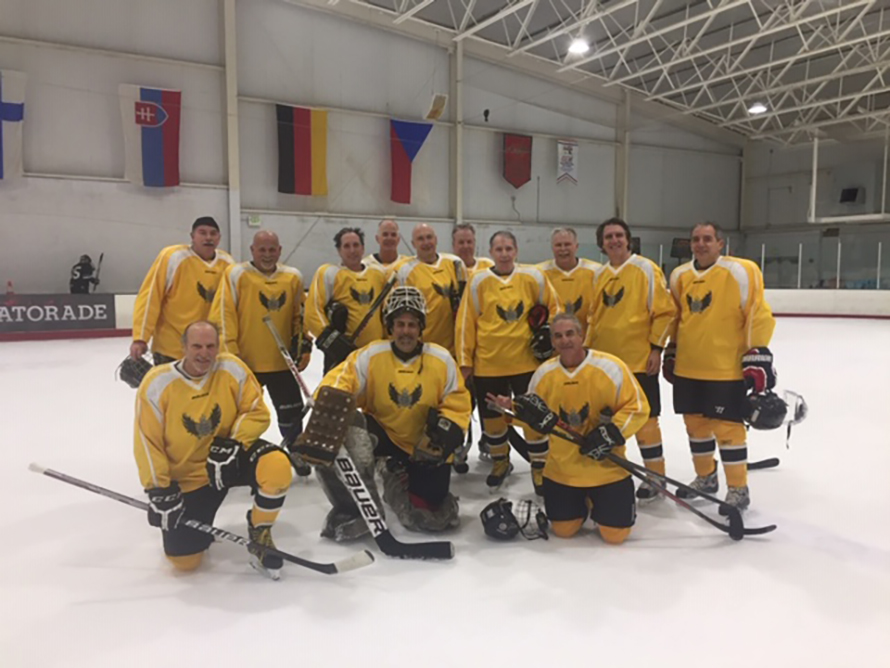
Enjoy reading ASBMB Today?
Become a member to receive the print edition four times a year and the digital edition monthly.
Learn moreGet the latest from ASBMB Today
Enter your email address, and we’ll send you a weekly email with recent articles, interviews and more.
Latest in Opinions
Opinions highlights or most popular articles

Sketching, scribbling and scicomm
Graduate student Ari Paiz describes how her love of science and art blend to make her an effective science communicator.

Embrace your neurodivergence and flourish in college
This guide offers practical advice on setting yourself up for success — learn how to leverage campus resources, work with professors and embrace your strengths.

Survival tools for a neurodivergent brain in academia
Working in academia is hard, and being neurodivergent makes it harder. Here are a few tools that may help, from a Ph.D. student with ADHD.

Hidden strengths of an autistic scientist
Navigating the world of scientific research as an autistic scientist comes with unique challenges —microaggressions, communication hurdles and the constant pressure to conform to social norms, postbaccalaureate student Taylor Stolberg writes.

Black excellence in biotech: Shaping the future of an industry
This Black History Month, we highlight the impact of DEI initiatives, trailblazing scientists and industry leaders working to create a more inclusive and scientific community. Discover how you can be part of the movement.

Attend ASBMB’s career and education fair
Attending the ASBMB career and education fair is a great way to explore new opportunities, make valuable connections and gain insights into potential career paths.

